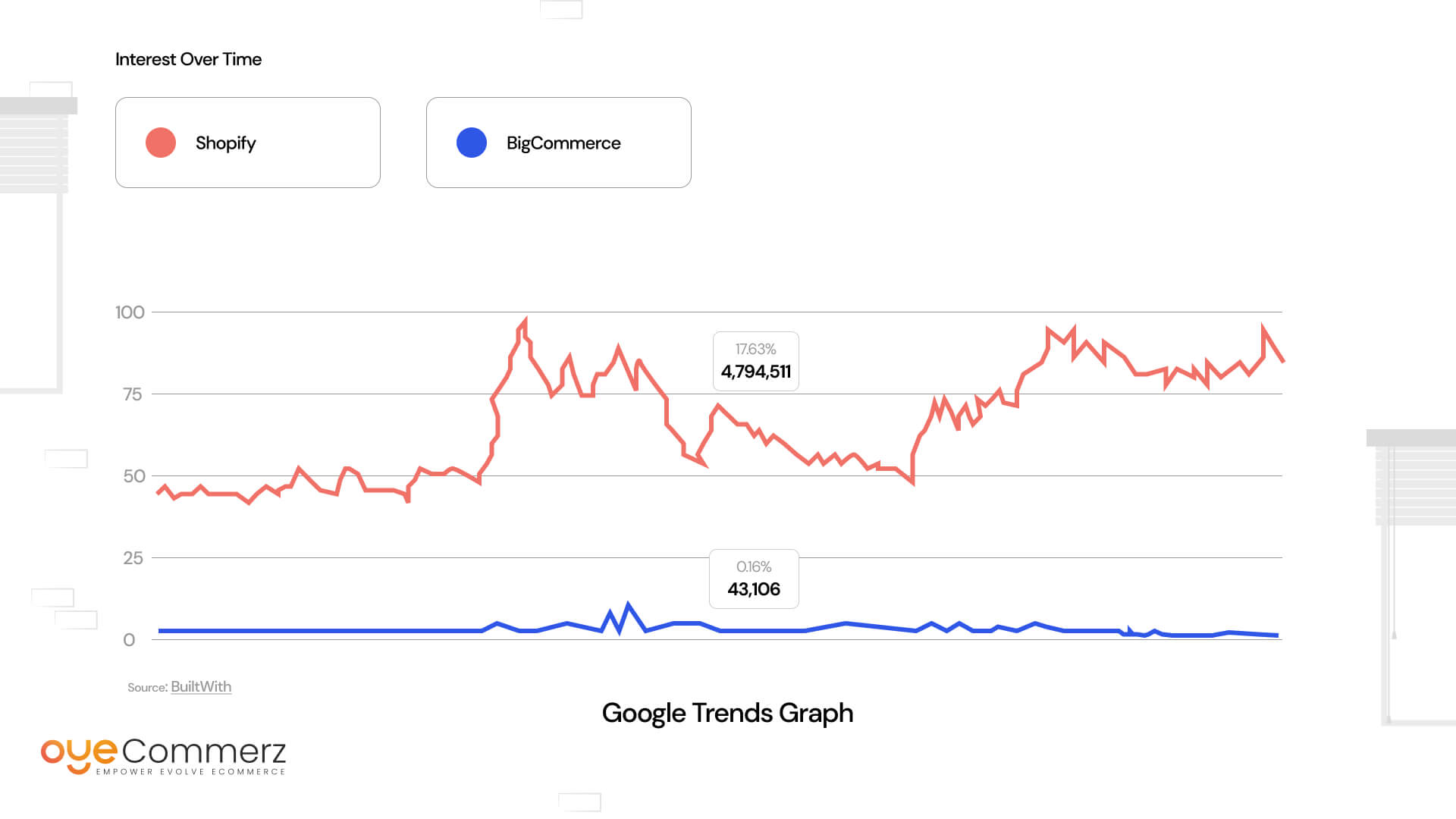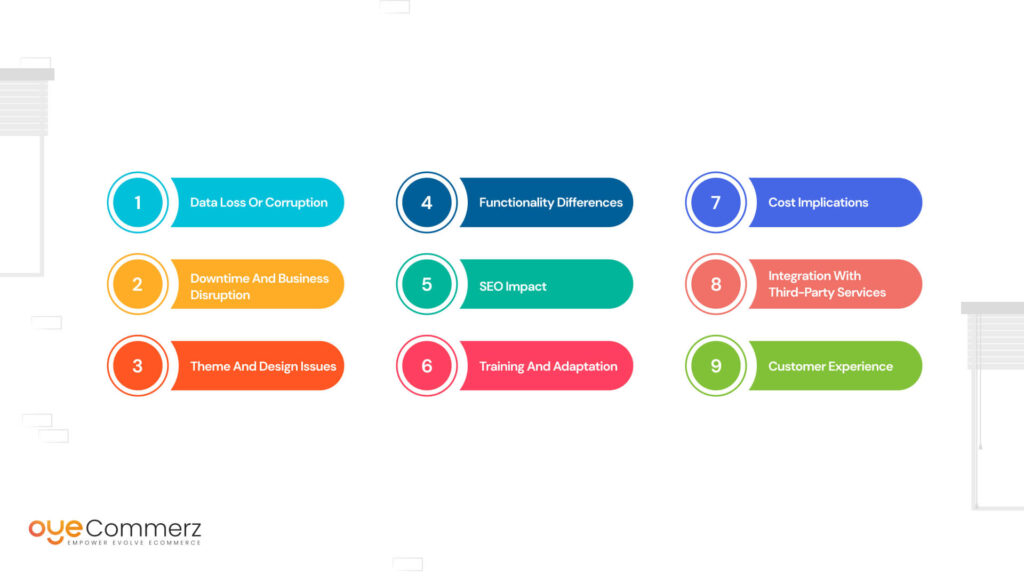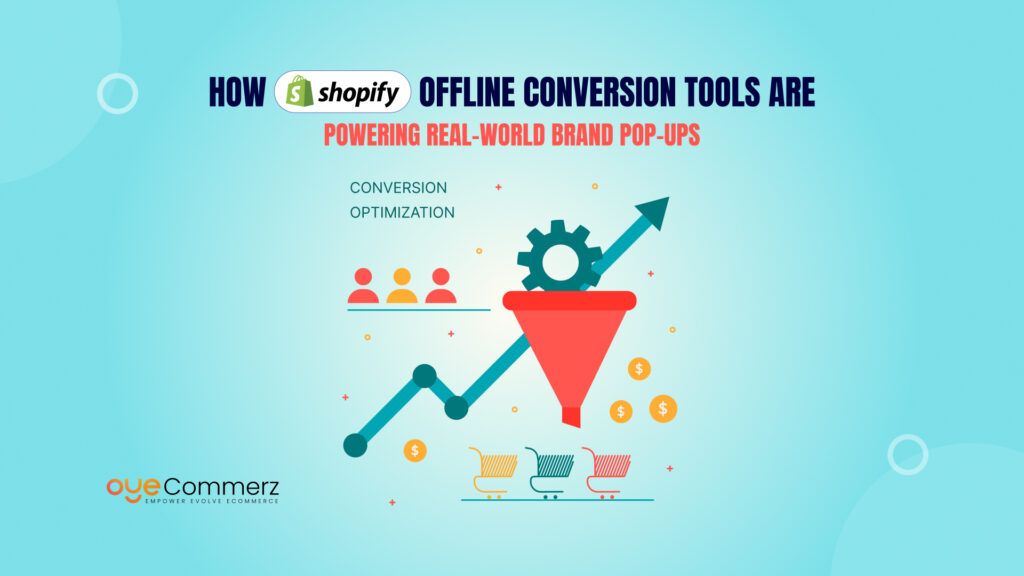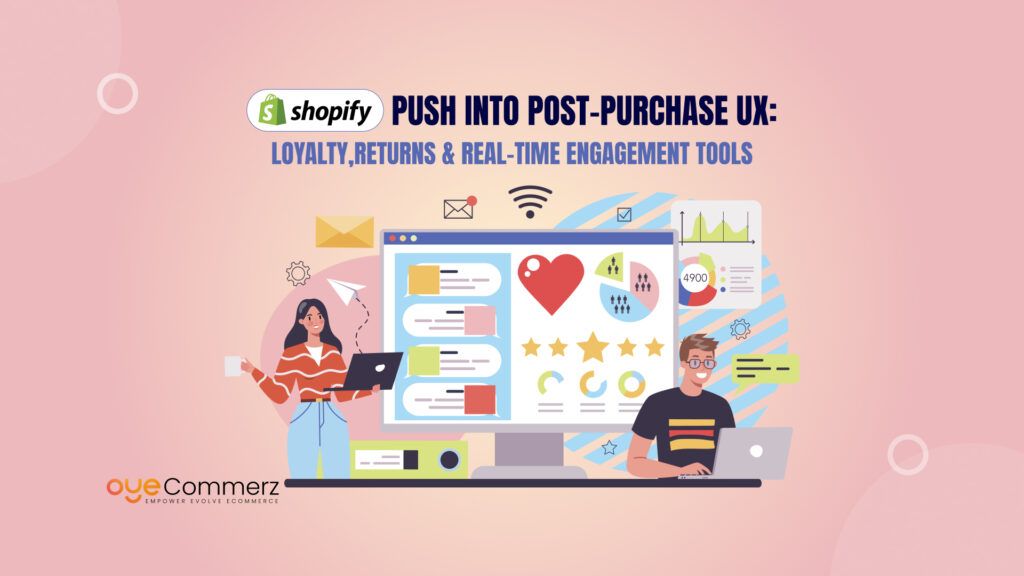Are you a business owner considering switching from BigCommerce to Shopify but feeling uncertain about the process? many entrepreneurs face challenges during this transition, and it’s completely normal to have concerns. In fact, over 60% of businesses report experiencing bumps along the way when migrating to a new platform. Whether it’s data migration, redesigning your store, or getting used to a different interface, the road can be tricky. But don’t worry! In this blog, we’ll walk you through the most common hurdles and share practical tips to make your switch to Shopify as smooth as possible. Let’s tackle these challenges together, so you can focus on growing your business with confidence.
Table of Contents
ToggleWhat is Migration and Why is it Necessary?
In the cases of eCommerce, migration can be defined as the act of moving an existing online store from one hosting platform to another. This process is concerned with the transfer of product information, customer details, order history, and every other component that is an integral part of an online store.
The necessity of migration can stem from various reasons:
Enhanced Features and Flexibility
Shopify may provide more or have more customization for the features a business needs than BigCommerce.
Scalability
In the long run, businesses are going to discover that Shopify is more scalable thereby fitting their growth plans.
User Experience
Shopify is well known for having an interface that is easy to navigate which will further enhance the back end for the company or the shopper.
Cost Efficiency
Considering the pricing structure, the pricing model that Shopify offers may be more beneficial to some business types.
SEO and Marketing Tools
Shopify occasionally offers advanced SEO and marketing features that help attract the customer’s attention and make sales.
You can also check out: Shopify’s Features vs. BigCommerce’s Features
BigCommerce to Shopify Migration: Overview
Consumers need to follow certain procedures of data transfer and customization of the themes before integrating the functionalities from BigCommerce to Shopify. Here’s a simplified overview of the process:
Preparation
Learn about your current store in BigCommerce, choose what data needs to be migrated, and perform data backup.
Data Export
Retrieve products from BigCommerce, and their customers and order information.
Store Setup
Create a new account in Shopify and manage the basic options.
Data Import
You can usually do this using the Shopify Importer or other services that help to migrate data into an online store.
Theme Customization
Identify your brand and the select Shopify theme that will fit it best, then edit it according to the brand’s image.
App Integration
Fill a big commerce store with the necessary applications to either mimic or enhance the existing capabilities of your store.
Testing
Check that all the data has been transferred and the new Shopify store is working as intended, this is done through testing.
Launch
After testing is done, start using the new store, and ensure that one is on the lookout for any mistakes made.
Market Share Statistics: BigCommerce Vs Shopify

Shopify is undoubtedly a more popular platform than BigCommerce.
In 2023, over 4.8 million websites are built on Shopify, accounting for a significant 26% of all successful websites on the internet. This dominance makes Shopify the leading eCommerce platform.
In contrast, BigCommerce has a much smaller market share, with only about 44,000 websites worldwide. This disparity highlights Shopify’s overwhelming popularity and widespread adoption.
Furthermore, Google Trends data indicates a significantly higher interest in Shopify compared to BigCommerce. This trend underscores Shopify’s status as a highly influential platform and the preferred choice for many store owners, thanks to its robust features, scalability, and user-friendly interface.
Common Challenges While Migration

Data Loss or Corruption: When migrating data, the sole worry is always that some of this data might either be lost or corrupted. Transferring all the details of the products, customers, and orders remains a critical process that cannot be ignored.
Downtime and Business Disruption: By decision, migration sometimes encompasses certain hours of inactivity which impacts the overall sales as well as the clients. This problem can be also solved if proper planning and scheduling are carried out during periods of low traffic.
Theme and Design Issues: If your big commerce store is designed in a complex manner mimicking the same design on Shopify can be a problem. Since both platforms implement their distinctive approaches to the coverage of themes, specific changes may need to be created from the ground up.
Functionality Differences: It is possible that some of the functionalities in BigCommerce do not have a direct match with those in Shopify, this means that one will have to find a workaround in terms of applications or get developers to build integrations.
SEO Impact: It is necessary to note that migration can influence the SEO of your store if you are not careful enough. Some vital aspects to consider include the management of the redirection and the URLs to retain the search engine rankings for sites as well as the management of the sitemaps.
Training and Adaptation: When switching to a new platform, it is necessary to readjust and orient staff to the new interface. This can be time-consuming, and operations may for some time be scaled down during such a process.
Cost Implications: The migration cost can cover also the expenses for the themes, and applications, and may even be necessary to pay for custom work.
Integration with Third-party Services: If your BigCommerce store is connected with respective third-party services such as payment solutions, shipping solutions providers, etc, then you may face difficulties and complexities.
Customer Experience: Addressing customer migration is vital to avoid any harsh transition. Anything to do with the flow of customers through the application or site can affect the level of satisfaction as well as the sales.
Boost Your E-Commerce Store Sales and Potential with OyeCommerz!
Make the move to Shopify and benefit from advanced SEO tools, faster page load times, extensive app integrations, and superior multi-channel sales features. Experience Shopify’s user-friendly interface, enhanced customization capabilities, and comprehensive analytics to elevate your store’s performance.
Trust OyeCommerz for expert BigCommerce to Shopify migrations. Our precision, speed, and in-depth platform knowledge ensure a smooth transition, setting your store up for immediate and long-term success. Get in touch with us today!
Contact to Migrate your Site to Shopify Now
Conclusion
It is a major bold step to make a switch from BigCommerce to Shopify because there are critical procedures that must be followed diligently. There are several factors one must take into account and while these are some of the issues that can make the change process a challenge knowing these obstacles and being prepared for them can make the change process run more fluently. The general scope of the problem is discussed, separated into subcategories of data integrity, minimized downtimes, SEO preservation, and continued customer experience, all of which can lead to efficiently transitioning from another platform to Shopify’s unique advantages. Taken collectively, the proposition for improved growth, new solutions, and higher customer satisfaction lie in the approach to migration..




